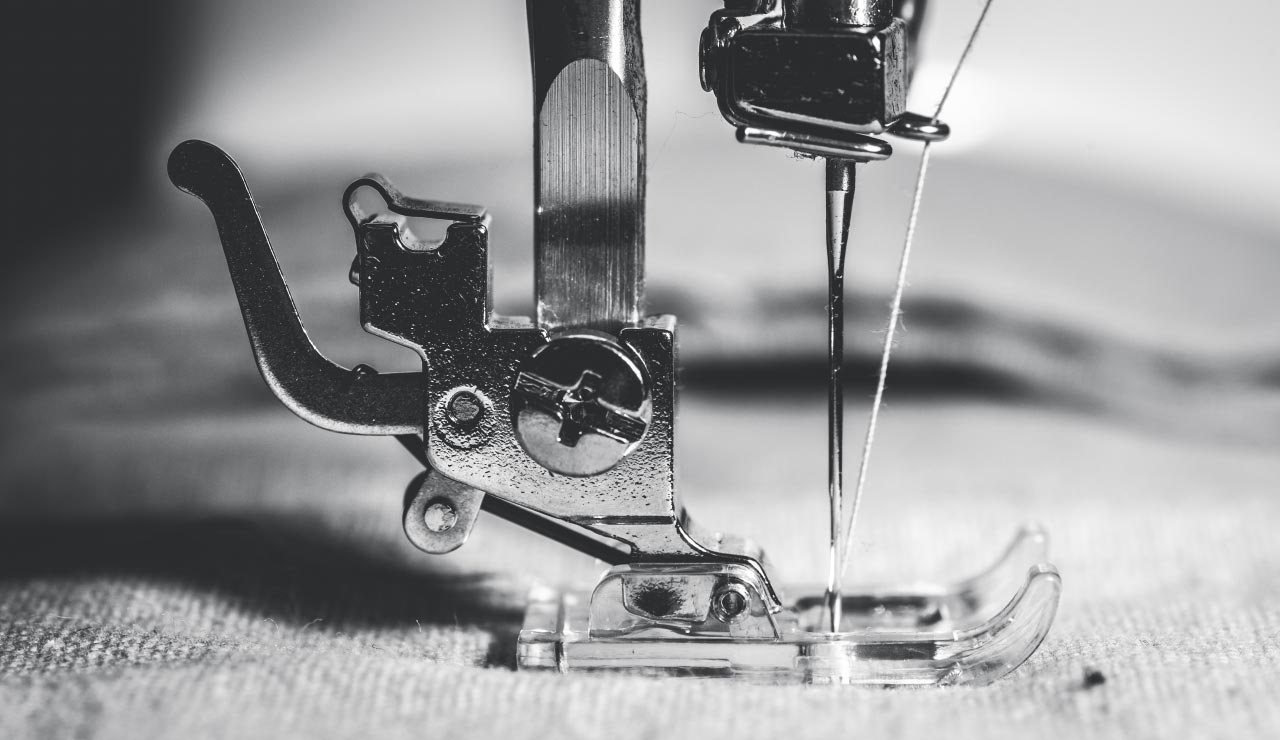A good style always maximises the look of your garment, but a well-stitched garment will always find itself on the display of the best of stores. With a beautiful array of colours and assorted fabric makeups, the perfect stitch has always formed a basis of an appealing garment. Garment manufacturers consider stitching as the most crucial element when it comes to creating perfect apparel. This is because a customer will always be drawn towards an item that is stitched tastefully, fits great and makes one look like a million bucks.
We all know how difficult it can be to find the right combination of stitches to use in a garment, as it is them that ensure an upgrade to your trendy apparel. Below is an insight into a variety of stitches without which it is not possible to make a single garment.
Stitch class-100 (Single thread chain stitch):
Using an interloping technique, this stitch is produced by a single needle and thread for temporary purposes. It comes handy during hemming, making belt loops, felling to name a few. This stitch is considered as one of the simplest stitches but it gives satisfactory results on the security of the stitch.
Stitch class – 200 (Hand stitch):
Using a special type of sewing machine, this stitch is also produced with a single thread, but mostly for apparels like coats, high-end jackets. However, owing to the work being done by hand it requires bulk manpower and is a slow process in comparison to others.
Stitch class – 300 (Lock stitch):
With the help of two kinds of threads- Needle thread and Bobbin thread, this stitch uses an interlacing technique. This stitch is very sturdy and provides good resistance to the apparel. It is used in attaching pockets, collars, cuffs to an apparel.
Stitch class – 400 (Multi-thread chain stitch):
Stronger than the previous thread, this stitch is highly functional for heavier fabrics and knitted garments. Using two threads, Needle thread and Looper thread, it uses the technique of interlacing and interloping.
Stitch class-500 (Overlock or over edge neatening):
Using multiple threads, this stitch stops the edge of the fabric from fraying. It gives the apparel a neat finish and greater extensibility. Think dancing apparel, sportswear, knitted items etc. It is also used to decorate a garment.
Stitch class-600 (Covering chain stitch):
With the help of three groups of threads, Needle thread, Top cover thread and bottom cover thread, it joins the sides of the fabric without increasing thickness. It is popularly used in attaching lace, braids or elastic.
Whatever the kind of stitch a garment may have, the quality of the stitch also depends upon various other factors. Stitch size, stitch length, width, depth, sequence, elongation, resilience, fabric distortion, yarn severance, and abrasive strength often define the overall stitch. With this, we hope we were able to break down information on the aptest stitching you should be holding on to in order to nail the key look for your apparel.


